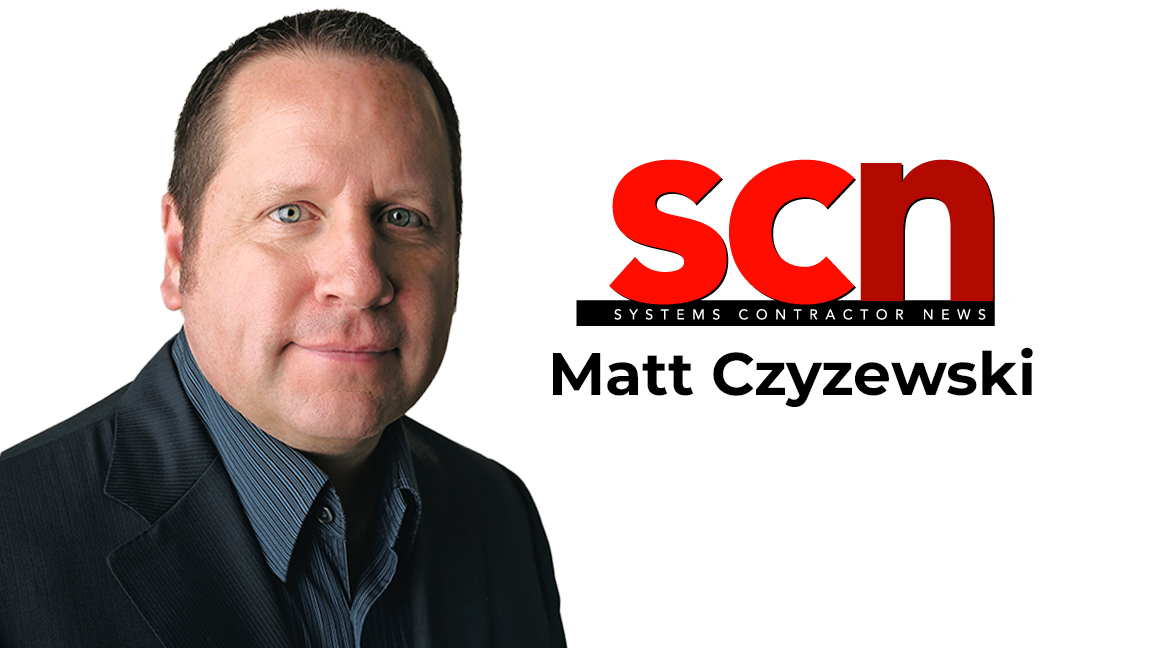Blueprint for Success: Are You Experienced?
Hiring for potential can bring fresh energy to your company, but it requires a larger upfront time investment.

Any activity you or your team spends time on has ROI associated with it—how will what I’m doing make or save money for the company? That includes hiring team members. Hiring the right people is one of the most important uses of time, because the outcome can have such a significant impact, good or bad, on the team’s morale and output.
When you consider it holistically, the hiring process is often time intensive, from writing the job description to posting the position and monitoring job applicants to interviewing and making a selection. It’s also a very subjective process because, beyond the resume, you’re dealing with emotions, opinions, and personalities.
[Blueprint for Success: Steering Your Future]
Psychological profiling tests can indicate how likely a person will fit in with the team, but they are really a guide, not a guaranteed fit. It’s best to have a feel for the type of candidate and qualifications you’re searching for before kicking off the process—and even then, you may be surprised at how different the team’s perspectives are right from the start.
How We Usually Hire
We often hire based on experience; it’s how we’re trained or conditioned. The first requirement on most job descriptions is “must have X years of experience.” The reason a new person is being added is that there’s too much work to go around, so by default, no one on the team will likely have time to train someone new.
Work experience and how someone presents themselves on paper via their resume tell us about a candidate's background and capabilities. Still, it doesn’t provide reliable data on critical topics like communication abilities, teamwork, interpersonal skills, conflict resolution, stress management, etc. And some people interview well, but the wheels sort of fall off when they get into the job.

We can all think of instances when the person who’s hired has a great background and lots of relevant experience, but it doesn’t work out. Even with years of interview and management experience, hiring someone who’s not a good fit still happens.
A daily selection of the top stories for AV integrators, resellers and consultants. Sign up below.
The most significant risk in hiring is rushing the process. While the workload may be overwhelming, hiring the wrong person can exacerbate the situation. Inefficient hires can impact team morale and productivity, leading to a need for a new hiring process sooner than expected. It's crucial to balance the urgency of the workload with the need for a comprehensive and thoughtful hiring process.
Adaptability Advantages
Let's be clear: A candidate with potential must have both the capacity and willingness to learn. Opting to hire for potential can yield numerous advantages over hiring an experienced candidate. These individuals often inject fresh energy and novel perspectives into the team, unburdened by the past or the "I tried that before and it didn’t work" mindset.
[Editorial: Take a Look at the New AI 'Me']
A person with potential is often more adaptable, as well as more willing to try new things and change on the fly. This isn't to say experienced individuals can’t pivot when needed; it's just that the odds aren’t as favorable.
People with potential are often hungry to learn and gain on-the-job experience, which means you are investing in your (and their) future since it will take time for this person to get up to speed. Most job skills can be taught, so you may want to hone in on several innate soft skills that are equally important to technical experience:
• Are they a quick learner?
• Do they have good social and communication skills (i.e., are they personable)?
• Can they think on their feet?
• Are they ambitious or motivated?
• Do they have an overall positive attitude?
For these hires, you need to be comfortable with them making mistakes as they learn and grow, being a time parasite by asking lots of questions at first, and not performing tasks as quickly or efficiently as other, more seasoned team members. However, everyone needs that first opportunity for someone to believe they can be an asset to the company. We were all that person at some point in our careers.
Choose Your Path
There are several scenarios for hiring for potential instead of experience and vice versa. First, you must understand whether the current job market favors employers (lots of people looking for jobs but fewer job openings) or employees (lots of jobs but fewer job seekers). That may sway you one way or the other, knowing what the applicant pool may look like.
Suppose there are not a lot of experienced candidates available. In that case, you may have to be willing to take a chance on someone with potential and reorganize job responsibilities on the team. Then again, moving someone laterally into that role and bringing someone new into the lateral position may be better. It’s somewhat of a case-by-case basis.
For example, if one of your senior technical people leaves the company, you need to find a suitable replacement. Suppose you have a deep “bench” of existing team member talent. In that case, promoting from within to fill the role is likely the best way to go, because it gives the promoted individual room to grow within your organization and allows you to hire someone into their former role with the potential to grow. However, if existing employees are not a good fit or are not interested in moving up, it’s best to seek outside, experienced talent.
When creating a new position with flexible job requirements and evolving goals, it's essential to hire someone who can adapt on the fly. This is because the nature of the role is likely to change as the business needs become more apparent. Therefore, the candidate's willingness and ability to adjust and learn new skills are crucial factors to consider in such scenarios.
When you interview someone with potential and want to bring them on board, as a hiring manager, you may have to use your veto power over the team's choice of candidate. As mentioned earlier, we are conditioned to hire based on experience, and your team may naturally lean toward a candidate with more experience. But the decision is yours.
Sync for Success
If you decide to onboard the candidate with potential, you need to help ensure their chances for success, which is entirely worth it for the right person. Here are some things the hiring manager and candidate must be synchronized on for success:
• A clear description of the role, responsibilities, and deliverables, particularly SMART-driven goals (Specific, Measurable, Achievable, Relevant, and Time-Bound).
• What knowledge and skills are needed, which ones must be improved, and how the candidate can improve them.
• Expectations regarding the time it will take to get them where you want them to be and regular check-ins on progress.
I recall doing the above in several instances over my career, and it worked out very well for the organization. However, at least one instance comes to mind where the new hire did not get onboarded very well by me or the rest of the organization, and it did not work out well. When this happens, everyone loses—the employee with potential and the company.
The decision to hire candidates with potential versus experienced employees is multifaceted and hinges on the specific job needs and the team's long-term goals. Regardless, you need a plan and a willingness to course correct as needed.
[The Nine 2024: Reaching New Heights]
Hiring for potential can bring fresh perspectives, enthusiasm, and the potential for skill development tailored to the company’s unique culture and processes. On the other hand, experienced professionals offer immediate expertise, a track record of proven performance, and the ability to mentor and lead within the organization. A balanced approach, where both types of employees are valued and utilized strategically, often yields the best results. By understanding and leveraging the strengths of each group, companies can foster innovation, maintain operational efficiency, and build a dynamic workforce poised for sustained success.
Matt Czyzewski is the executive vice president at AtlasIED.

